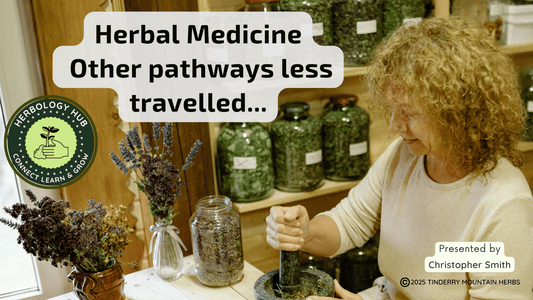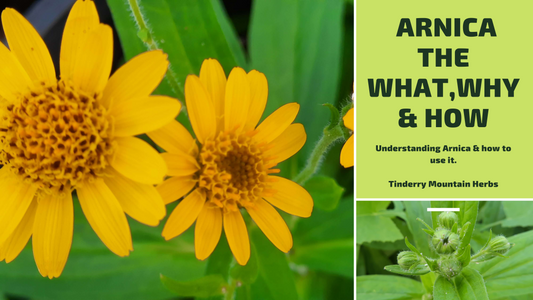You hear mostly the doom and gloom stories about the Amazon, here is one that has lots of hope.
As Paul Hawken says………
If you look just at the scientific facts you despair, if you look at the people you will have hope.
A doctor and infectious disease specialist Eugenio Scannavino Netto set up the Experimental Active Forest Centre (CEFA) at an Amazon reserve in 2016 to work on solutions for re-foresting cleared and burned land plus regenerating abandoned stock pasture.
Its amazon agroforestry.
Dr. Scannavino Netto says
“The culture here is slash and burn, and we’re trying to change that,”

He has set up the experimental centre, plus a Health and Happiness NGO and then organised a sustainable agriculture gathering.
Dr. Netto sees the actions of clearing forests increase the risk of viruses jumping animal species and then to humans. DR Netto criticises the modern agriculture practice of monoculture (growing only one crop) and the usage of chemicals (pesticide herbicides antibiotics)
This destabilises the environment and all the inbuilt balances between species bacteria, viruses’, animals, plants.
Dr Netto says
Covid-19 has been a warning. “Either we change,” he said in a recent phone interview, “or we will die in the next pandemic. And it will be fast.”
Dr. Netto’s forest research centre grows up to 40,000 trees to distribute with local communities for planting.
The main tree propagated is the Cumaru tree, a native Amazonian tree whose seeds are used in cosmetics. Then there is Pau-brasil for wood, Urucum plants that has seeds used for body paint and lipstick colour plus Pau-rosa used in perfume.
All these are replanted out with a range of other supporting plants plus mulch for protection and support.
Dr. Netto’s own NGO the Health and Happiness Project works on community projects with health and education services. Its known by its Portuguese initial PSA.
Taking it even further Dr Netto then organised a sustainable agriculture event where a range of farmers talked about their techniques.
Agroforestry techniques like this were used by indigenous communities before Spanish and Portuguese explorers arrived – Ernst Götsch, 72, a Swiss farmer at the PSA sustainable agriculture event
Good news is out there, you just have to look harder. Don’t expect to find it on the nightly TV news that’s all.
Here is the Link to the Guardian article by Dom Phillips
‘Either we change or we die’: the radical farming project in the Amazon
Tinderry Mountain Herbs(TMH) places a tithe on all income earned of 10%. This money is spent on various enterprises that help plants and the earths ecosystem.
TMH supports the Amazon Conservation Team an organisation that supports Amazonian native peoples on their own lands keeping their wisdom traditions alive in the context of the forest with its plants and animals.



